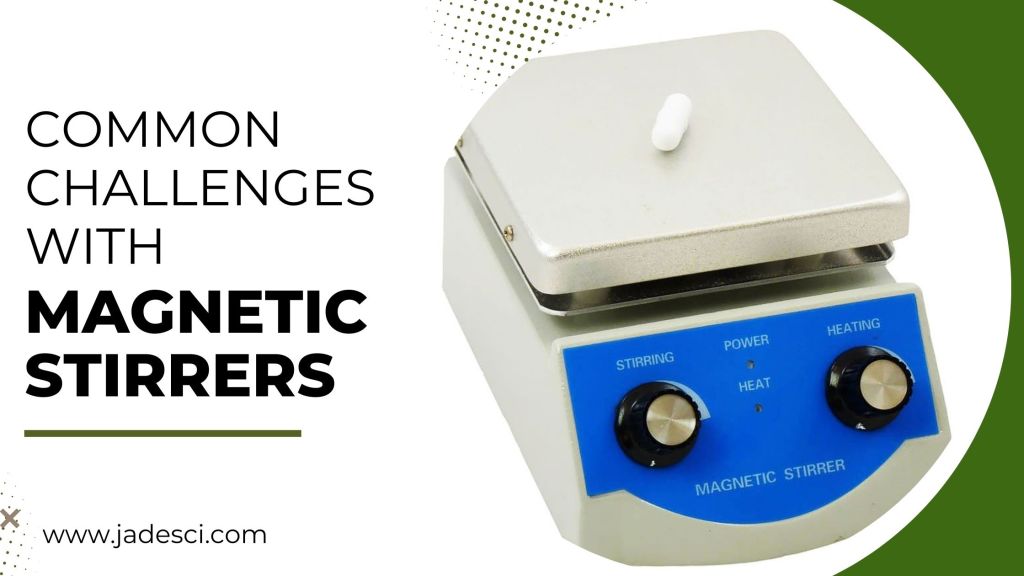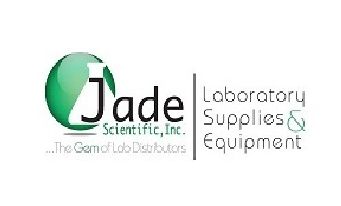
Magnetic stirrers are commonplace in many labs and helpful for various mixing and dispersion tasks. However, they need fixing, and using a magnetic stirrer often necessitates troubleshooting several problems. We examine potential issues you might see in this post, along with solutions.
Common Challenges with Magnetic Stirrers
The following are some of the primary problems with an overhead stirrer:
- The magnetic stir bar decouples from the drive magnet.
- The bar is becoming stuck.
- It is normal for the middle of the sample to be well mixed while the outside and top are left heterogeneous. Therefore, you can find that your sample needs to be more mixed.
Effective Ways to Resolve Magnetic Stirrer Challenges
There are several potential causes for the aforementioned problem. For instance, employing the incorrect stir bar, a stirrer that needs to be stronger, or the incorrect kind of equipment altogether could result in inadequate mixing.
The suggestions listed below can help you resolve your problem.
- Gradually increase the speed
- Employ the proper stir bar
- Try a different vessel.
- Make use of a more potent device
- Think about utilizing an overhead stirrer.
Gradually Increase the Speed
Increasing the speed too quickly is a common reason for uncoupling. This may result in a spinout, where the bar moves away from the vessel’s center and loses coupling with the magnet. Try progressively increasing the pace as an easy fix for this. Speed ramping can lessen the chance of your sample spilling and reduce the spinout of the stir bar. There is a slow start (speed ramping) feature on several stirrers.
Employ The Proper Stir Bar
Stir bars come in various configurations, and selecting the incorrect one could lead to issues like uncoupling and inadequate mixing. Along with picking the ideal design, the size of the stir bar is also important. To prevent spinout, the stir bar should ideally be around the same length as the drive magnet. The maximum speed might need to be reduced for longer magnets since more drag is created without a greater magnetic connection.
Try a Different Vessel
You should consider replacing your vessel rather than your current stir bar. For instance, you should select a flat bottom vessel if you can only use a standard circular stir bar. Working with vessels with an arched bottom is more challenging. Observe the vessel’s placement on the stirrer plate very carefully as well. For the best coupling and to keep the bar from snagging on the edge of the vessel, it must be in the center of the plate. Ensure the vessel you’re using is as close to the stirrer plate as possible if it isn’t in touch with the plate, such as a test tube or round-bottomed flask.
Use More Potent Devices
The size and power of the internal drive magnet that magnetic stirrers have are what restrict their functionality. Suppose you use a machine with a relatively tiny, weak internal drive magnet and a substance that is overly viscous or huge in volume. In that case, you may experience problems, such as the bar being stuck and insufficient mixing. The manufacturer’s instructions will usually contain the maximum volume a stirrer can be used for.
Use An Overhead Stirrer
Not all mixing applications are suited for magnetic stirrers. An overhead stirrer might be more appropriate if you’ve addressed the aforementioned criteria but still need help.
If you are seeking laboratory equipment, feel free to contact Jade Scientific, Inc.
